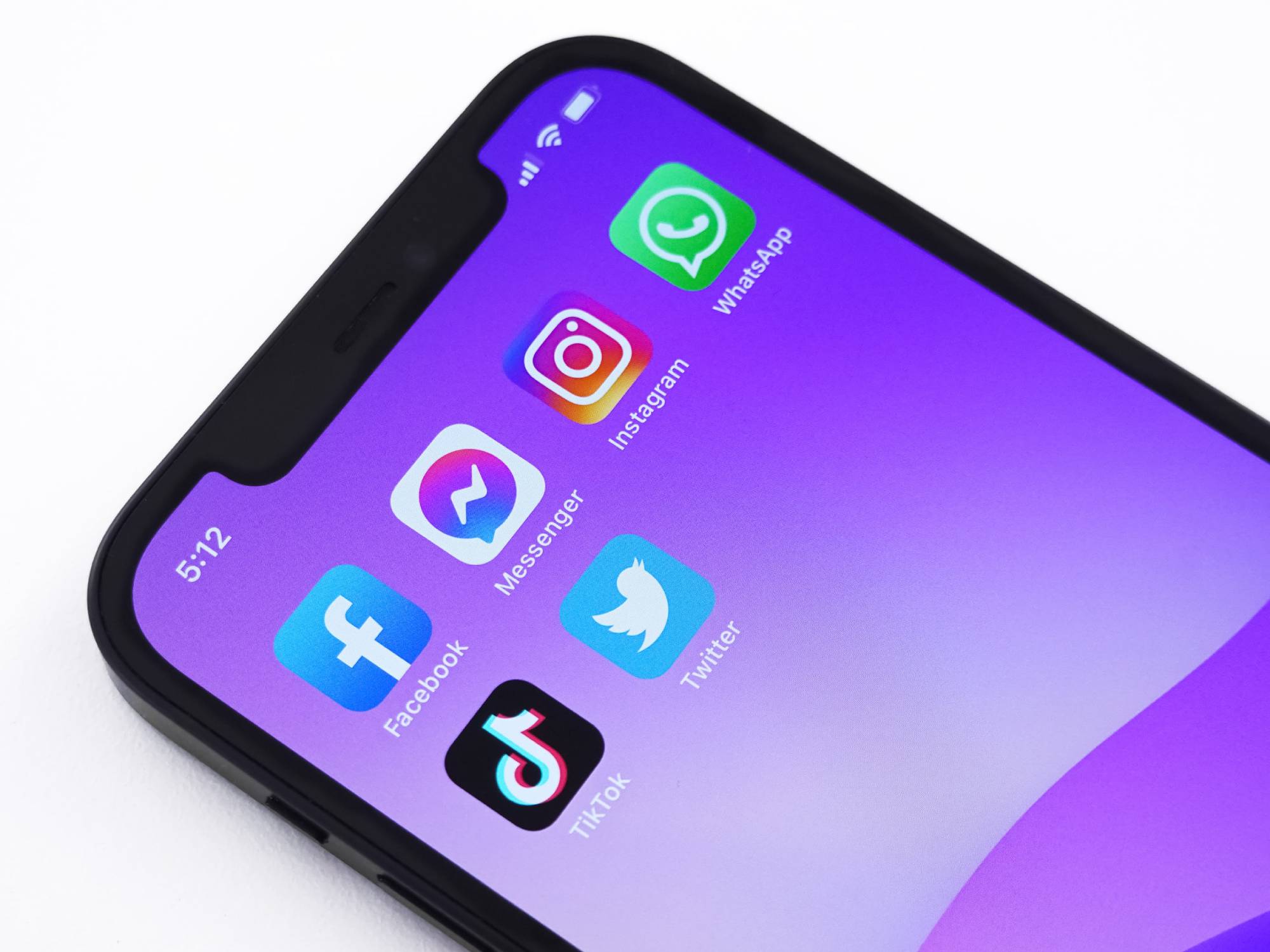

This story has been update. It was first published on May 18, 2017.
Social media networks have revolutionized the way we share information and keep in touch with one another. But they’ve also led to a growing sense of information overload. There are only 24 hours in a day, so if you’re determined to be active on all of your accounts, giving each one the time it deserves can be daunting.
One way to cut down on the time you spend inside your social apps is to post the same update across all of them at once. That way, just about all of your friends and followers should get the message. A variety of tools will help you do this—we picked out a few of our favorite options.
If This Then That (IFTTT)
If This Then That, or IFTTT, is a fantastic—and free—way to link your various apps and accounts together. It can send commands to and from apps, mobile phones, smart home gear, and more, by letting you build “applets.” Each applet waits for a trigger (if this), and when that event happens, the applet commands an action in response (then that). For example, IFTTT can text your phone whenever a specific Twitter account sends a tweet.
[Related: Make your life easier with IFTTT]
To use IFTTT for your social posts, make the trigger a post on one social network, and the action the same post on another social network. So every time you post on Facebook, for example, IFTTT will send the same post to your Twitter, Tumblr, Instagram, Pinterest, and other social accounts.
Once you’ve created an account on IFTTT, click on Create. Select the social network you want to act as the trigger (Twitter, for example), then the one where you want to replicate that post (Facebook, perhaps). You can only attach one social network action per trigger, so if you need to post to more than two at once, you’ll have to set up multiple applets. You can also click on Explore to find applet templates for what you want.
IFTTT’s simple interface is easy to use, so if you get lost, it’ll definitely help you figure things out.
Buffer
You’re not the only one interested in posting messages across multiple networks. Big brands rely on social media as well, and a host of applications already exist to help them make this type of mass post. We won’t cover them all here—most are geared towards social media managers and businesses—but Buffer is one of the easiest to use and is also great for individuals.
Buffer works across Twitter, Facebook, Pinterest, LinkedIn, and Instagram. Whenever you compose a post inside the Buffer web app, you can choose which accounts you’ll send it to, complete with any picture attachment you’ve added. As an extra bonus, you can schedule posts—aka “buffering” them in a queue, which is where the service gets its name. You just compose your post, add your attachments, choose your networks, and then hit the publish button. You can even tweak the same post and adapt it to better fit each platform.
If you find yourself sharing a lot of links on your social networks, then try installing the Buffer extensions for Chrome and Firefox. The service also works via apps for Android and iOS. It even cooperates with IFTTT, giving you even more ways to manage your social media updates.
Buffer offers free plans that let you add all your networks except Pinterest and schedule up to 10 posts at once. You can also pay for additional features.
Power Automate
Formerly known as Flow, Power Automate is a Microsoft product that’s very much in the mold of IFTTT and does more or less the same tasks, like posting the same message to more than one social network. At the moment, it supports Twitter, Instagram, and Pinterest, and other platforms like YouTube, Blogger, and Slack. While Power Automate isn’t quite as straightforward to use as IFTTT, it does give you a bit more control.
To use it you first need to create a Microsoft account or sign in with your existing credentials. Then, on the sidebar menu, go to Create and then filter the templates by social media. Scroll down and under Start from a connector, click All connectors and search for the social media platform you want to start.
For something a bit more tailored, make your own template or flow: On the Create menu, choose a task under the Start from blank menu. Then, name your flow and follow the wizard instructions to set it up. You’ll be able to add special conditions to refine more your flow. For example, you might want to share blog posts on Twitter, but only if they have a particular hashtag in them or come from a specific location.
Built-in tools
These days, many of your favorite social networks are already connected, so cross-posting is built right in. Take blogging platform Tumblr, for example—you can send text and image posts straight to Facebook and Twitter as well as to your blog.
[Related: Facebook users can now mix Messenger and Instagram friends in group chats]
Instagram is another master of cross-posting—you can connect your account to Facebook, Tumblr, and Twitter, so your photos will appear on all of these networks at once. You can also turn these connections on or off on a post-by-post basis. Instagram won’t give you the same flexibility that Buffer, IFTTT, and Power Automate offer—but you can’t beat any of them for convenience and ease of use.
The best solution for you depends on which networks you use, how much control you want over your posts, and how intricate you want the setup to be. Between all of these options, you’ll surely be able to find something that suits your needs. You could also take the old-fashioned approach and update each network separately… but who has time for that?
